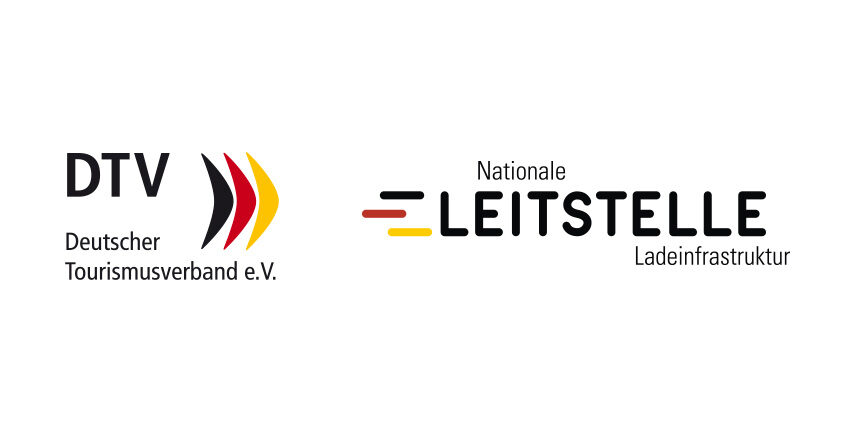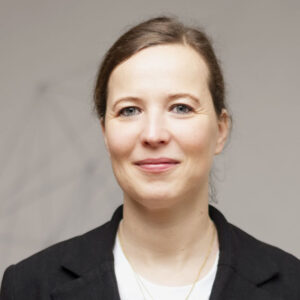Together with the German Tourism Association (Deutsche Tourismusverband e.V. (DTV)), the National Centre for Charging Infrastructure surveyed stakeholders in German tourism about charging infrastructure in the sector.
More than half (51 per cent) of businesses that answered the question regarding frequency of use of their charging facilities said that they are used “more than once a week” (16 per cent), “daily or almost daily” (23 per cent) or even “multiple times a day” (13 per cent). Those surveyed were also asked about the charging capacity of existing charging points. For the majority of business who answered this question, charging capacity is between 3.7 to 22 kW (73 per cent). Around 10 per cent have up to 3.7 kW per charging point, a further 10 per cent have 22 kW to 50 kW per charging point, with around 4 per cent providing a charging point with more than 50 kW capacity. An additional question about planned charging infrastructure in the future showed that there is trend towards greater charging capacities. 13 per cent are planning charging points of 50 kW or more, of which around 4 per cent are planning 150 kW or more.
The reasons stated for installing charging infrastructure at businesses in the tourist sector were:
- “It’s standard practice nowadays“ (64 per cent),
- “For environmental reasons“ (58 per cent),
- “To acquire customers/ customer loyalty” (56 per cent) and
- “Has been requested by guests” (31 per cent).
The most frequently cited reason against installation was a perceived “insufficient demand from our guests” (53 per cent). “Lack of financial means”, “lack of expertise for planning and implementation” or “lack of funding” were also cited more often.
Johannes Pallasch, Spokesperson of the Management Team of the National Charging Centre: “The construction of charging infrastructure at tourist locations is crucial to the success of electric mobility in Germany. The results of the survey give us valuable insights into the needs and challenges of businesses in the tourism sector in building charging infrastructure for electric cars. This will enable us to develop targeted strategies and measures to better support the expansion of charging opportunities at tourist locations. This includes optimizing funding programmes as well as providing expertise and information to overcome technical and financial hurdles. In this way, we can continually expand the range of charging stations together.”
DTV: Norbert Kunz, Managing Director of the German Tourism Association: “The level of awareness for sustainable travel is continually growing and demand for sustainable travel is rising substantially. Because the car is the main mode of transport for holidays in Germany, it’s both important and right that an attractive and comprehensive charging infrastructure is available to guests at these destinations and businesses. The Charging Infrastructure II Masterplan from the federal government is an instrument which is accelerating infrastructural expansion in the German tourism industry. The results of the survey provide us with important insights in terms of the next steps and implementation measures.”
Download results of the survey: “Charging infrastructure in the tourism sector“ (PDF, in German)
Background to the survey: ‘Charging infrastructure in tourism’
Businesses and facilities were surveyed that are either directly or indirectly are organized under the DTV umbrella. A total of 1,802 completed surveys were evaluated. Suveys had been sent to over 5,000 stakeholders. The questions comprise mandatory and voluntary questions. The survey period was three weeks from the middle of January to the beginning of February 2023.
Those who participated in the survey could be primarily categorized into three areas: holiday homes/holiday apartments (739), tourist information (342) and hotels (279). Other businesses who participated belonged to the following categories, for example: gastronomy, museums/exhibitions/historical sites, camping/mobile home sites, youth hostels/guest houses, retail, leisure parks or spas/swimming facilities.
Businesses from all federal states participated, however participation was very uneven. As such, the survey provides relevant insights into the topic of charging infrastructure, but it cannot be considered representative.
In total, around 105,000 parking spaces were surveyed in the framework of the survey, of which 75,000 are publicly accessible and 30,000 are for guests and staff. There are currently 1,781 charging points available on these parking areas, of which 887 are publicly accessible and 894 are for guests/staff. According to the survey, another 4,379 charging points are in the planning stage, of which 1,620 will be publicly accessible and 2,759 for guests and staff.
About the DTV:
The German Tourism Association (Deutsche Tourismusverband (DTV)) represents the interests of tourism organisations of federal states, regions and localities in Germany. The primary goals are strengthening tourism as an economic factor and a future-oriented, sustainable quality tourism in Germany. The DTV represents the interests of its around 120 members with regard to politics and authorities, initiates projects, promotes exchange and networking within the sector and further develops quality systems in tourism.
About the National Centre for Charging Infrastructure:
Commissioned by the Federal Transport Ministry (BMDV) and under the umbrella of federally-owned NOW GmbH, as a competence centre of the German government, the National Centre for Charging Infrastructure has planned, supported and accompanied activities for expanding charging infrastructure in Germany since 2020.

